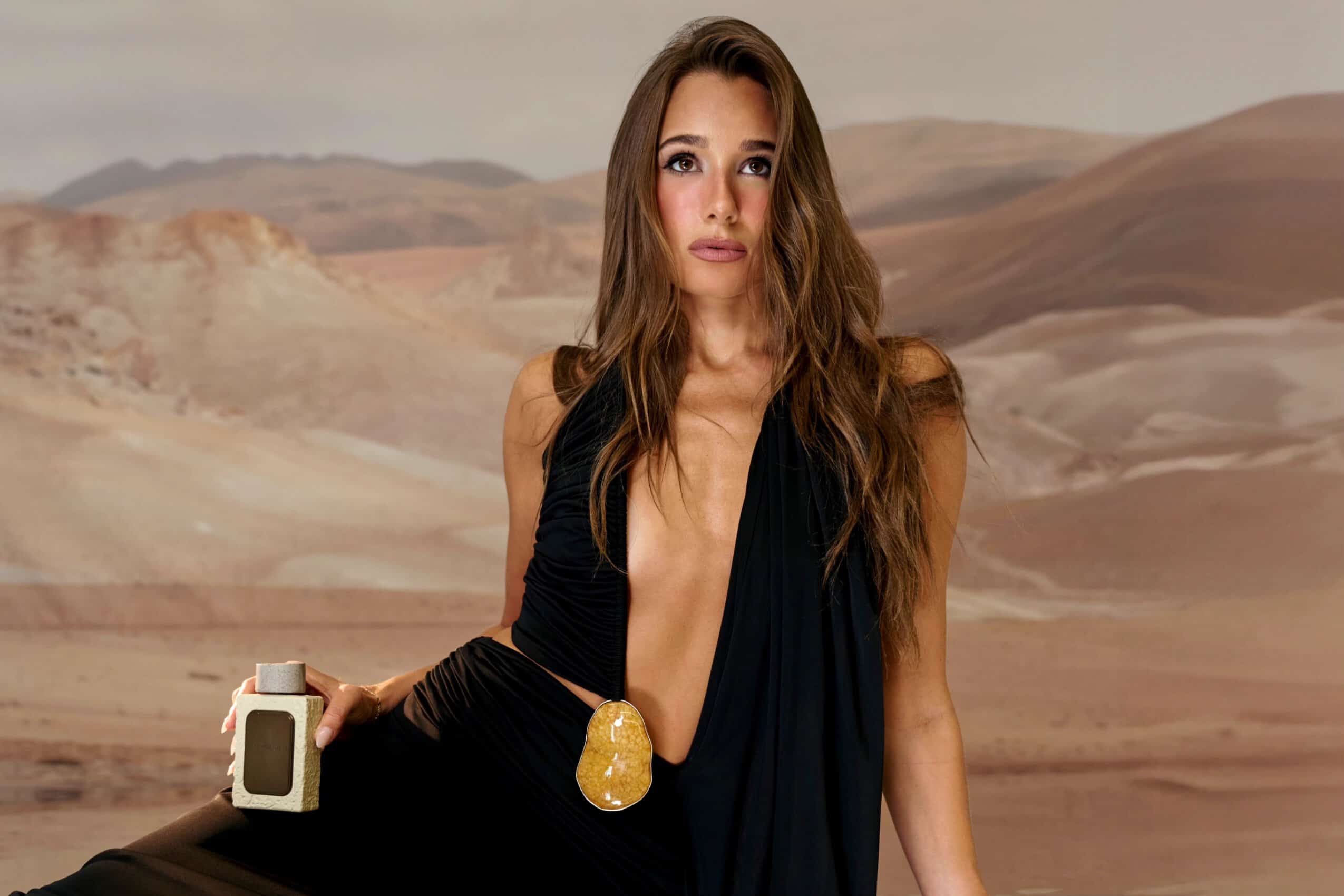I love that you convinced people to bankroll all of this.
NZ: It took years. It was very tough.
DZ: Thankfully, it was a combination of people being familiar with our other work and then just doing a good job on our end to pitch why this is a singular project and what we were trying to accomplish with it. It took a while to find those people who were on the same page.
What was the elevator pitch?
DZ: It was basically we’re following a family of Sasquatches over the course of a year. I mean, the closest comp, even though it’s not that close, would be some of the animal movies from the 1970s, almost like Disney films where they’re following a pack of wolves. Because we always wanted this to be through their perspective, not through interactions with humans. We wanted it to be as much from their point of view in the world as though it was a story about any other family of animals like wolves or bears or whatever.
I love the Sasquatch costumes and that they’re practical. Because of course, stuff like the newer “Planet the Apes,” are mostly motion captured. How did you go about designing the costumes in terms of making them practical to use on set but also fitting the folklore while putting your own spin on it?
NZ: Anytime you can do practical, we think it’s just better. I think it makes it feel more realistic.
DZ: There’s a tactical quality.
NZ: Yeah. And since we wanted to make this naturalistic and make everything believable, it was very important not to use CG augmentation or CG animals. Everything had to have a realness to it. In terms of designing them, we had a lot of talks with our makeup and effects guy, Steve Newburn, about what we wanted to get out of their facial expressions and how we wanted the actors to be able to express themselves through the makeup. David might have said it, but like, we wanted to make sure you could see their eyes and really have a human connection through the eyes. Because I think even when you look at any animal, you can see them look at you in a certain way, there’s an instant familiarity there. That was important.
And then we took some aspects from what we think we know of the stereotypical Sasquatch. My character is definitely more what most people picture when they think of Bigfoot. Some of the other characters have a little bit different personalities put in there. But then the actors came once we had a foundation, and then they came and added a lot more to it. They were able to add character to these creatures that kind of helped elevate them beyond what the baseline was.
What was it like wearing the Sasquatch suit, and how did it play in the natural elements?
You can view the original article HERE.


























:quality(85):upscale()/2024/12/20/830/n/1922564/5c67fdcd6765bdc5795da2.94470909_.jpg)


